T-Mobile agrees to make some of its 5G ads more realistic

You might recall that AT&T was accused by many of hyping its 5G Evolution network. While it does deliver faster download data speeds than your run-of-the-mill 4G LTE network, 5G Evolution is actually an LTE advanced network using several technological advancements like 3-way carrier aggregation. The latter helps increase the speed of internet connections by combining bands into one with wider bandwidth. This allows the capacity of these data streams to increase along with data speed. Multiple connections from cell towers to devices (4x4 MIMO) is also employed.
T-Mobile is asked to change the wording of some ads
AT&T calls the service 5G Evolution since it lies between LTE and 5G. But AT&T's marketing was misleading and placing a 5GE icon on the status bar of phones using the service was confusing to the tech-naive who thought that they were using a 5G network. Yet, it was AT&T that accused Verizon of not being perfectly clear with the advertising campaign for its 5G Ultra Wideband service.


AT&T accused Verizon of creating misleading ads that exaggerated the capabilities of Verizon's service while not making clear the limitations of Verizon's high-band mmWave network (which only travels short distances and is easily blocked by walls and other structures). In July, the National Advertising Division (NAD) complained that Big Red was once again misleading the public about its 5G service and similar to AT&T's complaint, the NAD focused on the limited footprint of Verizon's Ultra Wideband signal; the carrier failed to mention the limited availability in its ads. Recently, Verizon launched its nationwide 5G service which uses a lower band to allow for coast-to-coast coverage.
Yesterday, the NAD (which is a division of the BBB, by the way), issued a press release in which it said that claims made by T-Mobile about its 5G service were actually supported by the evidence; these comments were used in advertising about the future benefits that T-Mobile said that its subscribers would receive after the completion of the deal with Sprint. The deal was subsequently closed on April 1st, 2020.
The NAD said that it has determined that T-Mobile had a reasonable basis for making claims like:
- "T-Mobile will build America’s largest . . . 5G network."
- "T-Mobile’s 5G network will have "more towers, more engineers, and more coverage" than the 5G networks of T-Mobile’s competitors...."
- "T-Mobile’s 5G network 'will deliver unprecedented reach'...."
The NAD did recommend that T-Mobile modify certain claims so that it doesn't give the false impression that some of the benefits of the merger that it has promoted will be available to subscribers immediately. Again, we do need to point out that the deal did close back in April. Those future claims were opposed by Verizon and include comments such as:
- "You’ll get the best 5G network ...."
- "T-Mobile is “building a 5G network that will deliver unprecedented . . . reliability, and the highest capacity in history."
- "You’ll get the . . . most reliable network...."
The NAD pointed out that the evidence and arguments prevented by Verizon were not enough for the NAD to reach a different conclusion. The agency also said, "With respect to T-Mobile’s claims in the consumer-directed spot that as a result of the merger 'you’ll get the BEST 5G Network,' NAD concluded that consumers could reasonably interpret these claims to mean that due to the recent merger T-Mobile is imminently poised to become, comparatively speaking, the 'Best Network,' or that this 'Best Network' will be imminently available to the vast number of T-Mobile customers, or will soon provide 'the most reliable 5G network.' NAD recommended that the challenged advertising be modified to avoid conveying such messages."
The NAD objected to images used by T-Mobile in ads that depict "magenta and yellow beams rapidly shooting from tower to tower, speeding through server rooms across cities and over vast landscapes, engineers installing technology upgrades, and consumers using their smartphones or teleconferencing, reasonably convey the unsupported message that the touted benefits of the merger will be imminently realized by consumers."
T-Mobile, in responding to the NAD, said that it "supports the self-regulatory process and will comply with NAD’s recommendations."
Follow us on Google News



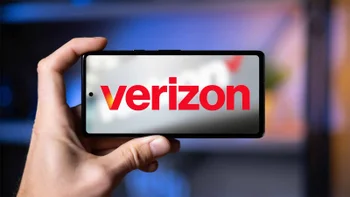
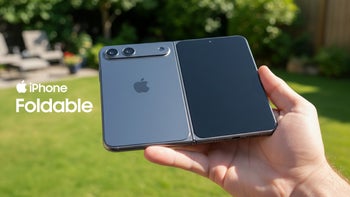
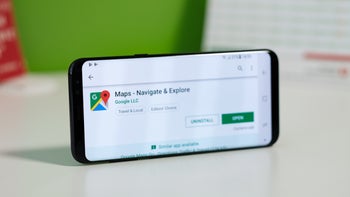
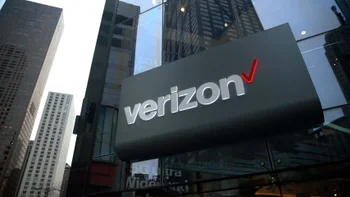
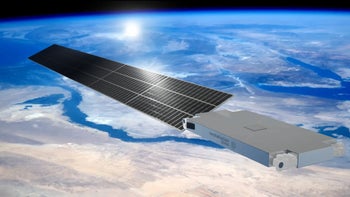
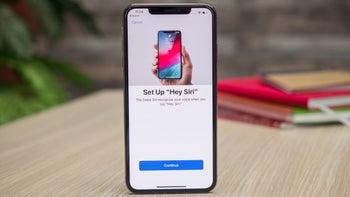
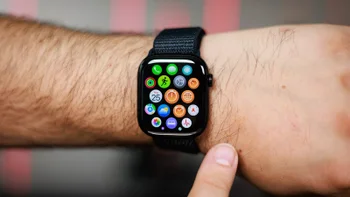
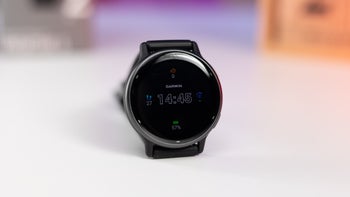
Things that are NOT allowed:
To help keep our community safe and free from spam, we apply temporary limits to newly created accounts: